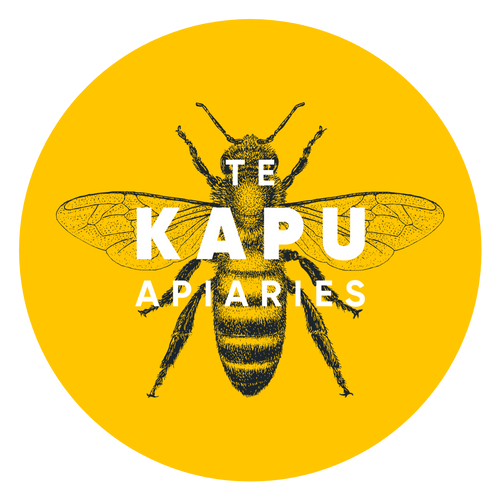
What do we use Beeswax for
Beeswax is a natural wax produced by honey bees. Candle-making has long involved the use of beeswax, which burns readily and cleanly, and this material was traditionally prescribed for the making of the Paschal candle or "Easter candle". Beeswax candles are purported to be superior to other wax candles, because they burn brighter and longer, do not bend, and burn "cleaner"
Refined beeswax plays a prominent role in art materials both as a binder in encaustic paint and as a stabilizer in oil paint to add body.
Beeswax is an ingredient in surgical bone wax, which is used during surgery to control bleeding from bone surfaces; shoe polish and furniture polish can both use beeswax as a component, dissolved in turpentine or sometimes blended with linseed oil or tung oil; modelling waxes can also use beeswax as a component; pure beeswax can also be used as an organic surfboard wax Beeswax blended with pine rosin is used for waxing, and can serve as an adhesive to attach reed plates to the structure inside a squeezebox. It can also be used to make Cutler's resin, an adhesive used to glue handles onto cutlery knives. It is used in Eastern Europe in egg decoration; it is used for writing, via resist dyeing, on batik eggs (as in pysanky) and for making beaded eggs. Beeswax is used by percussionists to make a surface on tambourines for thumb rolls. It can also be used as a metal injection moulding binder component along with other polymeric binder materials.
Beeswax was formerly used in the manufacture of phonograph cylinders. It may still be used to seal formal legal or royal decree and academic parchments such as placing an awarding stamp imprimatur of the university upon completion of postgraduate degrees.
Purified and bleached beeswax is used in the production of food, cosmetics, and pharmaceuticals. The three main types of beeswax products are yellow, white, and beeswax absolute. Yellow beeswax is the crude product obtained from the honeycomb, white beeswax is bleached or filtered yellow beeswax, and beeswax absolute is yellow beeswax treated with alcohol. In food preparation, it is used as a coating for cheese; by sealing out the air, protection is given against spoilage (mold growth). Beeswax may also be used as a food additive (E901) in small quantities acting as a glazing agent, which serves to prevent water loss, or used to provide surface protection for some fruits. Soft gelatin capsules and tablet coatings may also use E901. Beeswax is also a common ingredient of natural chewing gum.
Moreover, the use of beeswax in skin care and cosmetics has been increasing. A German study found beeswax to be superior to similar barrier creams (usually mineral oil-based creams such as petroleum jelly), when used according to its protocol. Beeswax is used in lip balm, lip gloss, hand creams, salves, and moisturizers; and in cosmetics such as eye shadow, blush, and eye liner. Beeswax is also an important ingredient in moustache wax and hair pomades, which make hair look sleek and shiny.
It is estimated that New Zealand produces about 1.2 million kg’s of beeswax each year but the biggest producer of beeswax in the world is India.
The world production of around 60,000 metric tons of beeswax has multiple uses. The EU imports around 6,000 tons of beeswax per annum, approximately 50 percent of this coming from developing countries. Tropical countries dominate world beeswax production and export, with industrialized countries needing to import beeswax.
Because of its high demand and shortage in the world market, adulteration of beeswax with cheaper materials has been a challenge to sustain in the existing market.
Te Kapu Apiaries beeswax is 100% pure and is taken from the brood combs at the time when our honey is extracted at our Frasertown production facility. From hive to beekeeper, our family to yours.
If you want to learn more about beeswax and how it’s made, read our blog Beeswax.
Reference Source: Medcraveonline; Tridge; Wikipedia; MPI New Zealand
